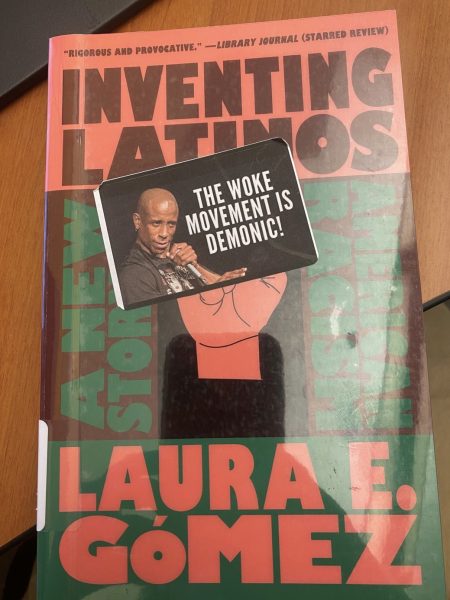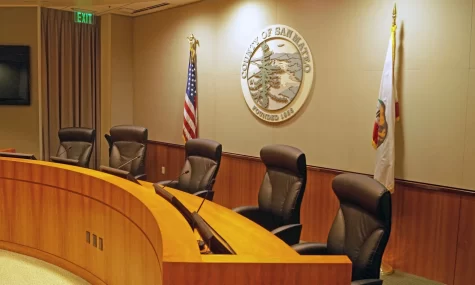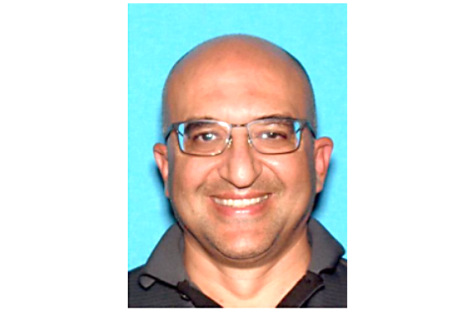High speed rail in San Bruno
A high-speed rail is on the horizon for many of California’s metropolitan areas in the not-too-distant future, which includes a proposed peninsula corridor that will work with Caltrain to build high-speed rail infrastructure locally.
The California High-Speed Rail Authority is planning and designing the nation’s first high speed rail system, which they intend to launch in 2029 with service between Los Angeles and San Francisco at a speed of 200 mph, shortening the trip to under three hours. They eventually plan to extend the system to Sacramento and San Diego as well. Their peninsula corridor plan has received a great deal of scrutiny, but is geographically important for high-speed rail plans.
The CHSRA and Caltrain have entered into an agreement for a “blended” system, which means the future high speed trains will be able to use Caltrain tracks and will be part of Caltrain’s Peninsula Corridor Electrification Project, or PCEP.
According to Caltrain’s draft environmental impact report for the PCEP, the benefits of the project, in addition to being crucial for the CHSRA’s plans, would improve train performance while increasing increase revenue while reducing costs. In addition, they state that the transition from diesel to electric trains will have environmental benefits, including decreased noise and pollution.
The high-speed rail project has met its fair share of controversy.
The cities of Palo Alto, Atherton and Menlo Park, along with several environmental groups, lost a lawsuit in 2013 that raised concerns about building the corridor through Pacheco pass and about the project’s environmental sustainability.
Most recently, there is a current lawsuit filed by Kings County and two citizens alleging a violation of Prop 1a, a $9.9 billion bond measure to fund the high-speed rail, which was approved by voters in 2008. The lawsuit points out that merging future high speed rail with Caltrain would increase travel time between San Francisco and Los Angeles to over 2 hours and forty minutes, which is the maximum travel time promised by Prop 1a.
Additionally, questions about funding and spending have arisen and on March 4 an audit of the Federal Railroad Authority’s budget for the project was announced.
“I am pleased to see the Inspector General undertaking this audit of the FRA’s agreement process,” said Calif. Congressman Jeff Denham in a March 5 press release. “The FRA has twice altered their grant agreementridership and service, and with the California High-Speed Rail Authority, putting taxpayer dollars at risk. I’ve received no
reassurance that they won’t repeat the process, and their recklessness has put other California funding priorities at risk. As I and the subcommittee work to protect taxpayer funds, this audit will be another tool to ensure the FRA is doing the same.”
Regardless of what happens with the Peninsula Corridor Project, it is clear that high speed rail is on it’s way to the Bay Area and construction is already in progress to expand San Francisco’s transbay terminal to accommodate high speed rail.
“It would be a lot of work but it would be worth it,” said Skyline student Valerie Fernandez. “I voted for it and I think it’s a really good thing.” Alfonso Padua, another student, agreed but added some concerns about the cost of the project in light of the state’s recent economic troubles and how it would impact people locally.“It would make it hard for people who are driving,” said Padua, regarding potential construction on the peninsula.
Regardless of what happens with the Peninsula Corridor Project, it is clear that high speed rail is on it’s way to the Bay Area and construction is already in progress to expand San Francisco’s transbay terminal to accommodate high speed rail.











